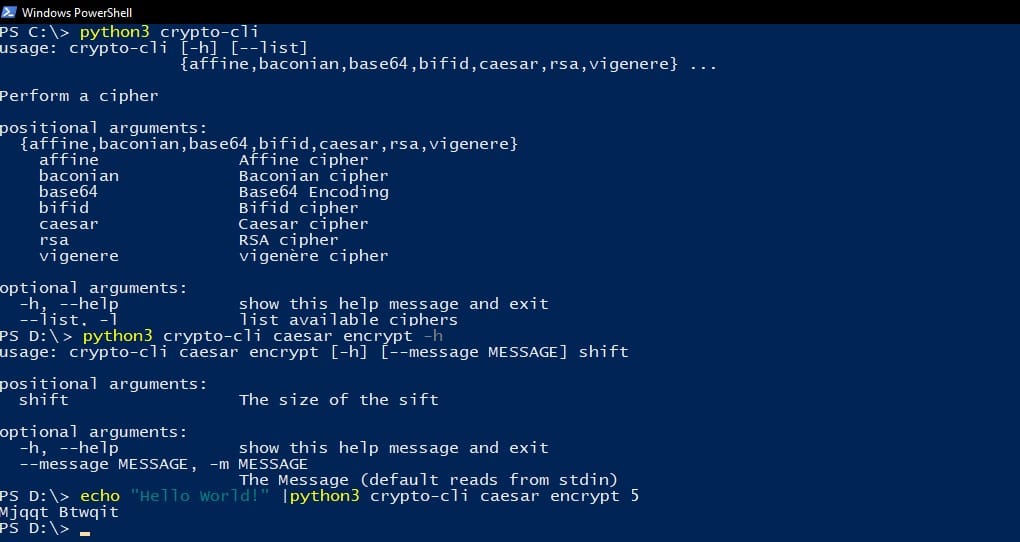The NeverLAN Electronic Motion Operative
N.E.M.O started out as a project in my High School technology class as a way to play around with robotics.
The school didn't have a robotics club at the time but it did have an amazing technology club that encouraged students to design a project and then bring that project to life.
My project was a robot named N.E.M.O.
The idea was to have a semi or fully autonomous robot that would be able to drive around the school hacker space, "NeverLAN", and bring everyone drinks or parts as they needed.
As a club we had great dreams for this little robot. Including voice processing to be able to receive commands verbally, and using sensors in the room to allow it to triangulate where the robot was in the room.
I started with a goal of getting basic movement working through an Arduino and a stepper motor controller board.
The thought was to have this combo acts as the nervous system of the robot. The Arduino would manage the wheels and handle backing off if the wheels get stuck.
The Arduino would receive requests for moving around from the brains of the robot.
The brains of the robot would be managed by the Raspberry pi. This would handle receiving requests through the verbal prompts and determining which movements would be required to reach the goal. Then the brains would tell the nervous system which movements to make.
In the event of an error in movement, either due to running into an object or deterring that the robot did not move as expected and the triangulation in the room was not where it was expected to be, the brains would handle fixing that issue
The starting goal was to get the nervous system working to run the motors.
I designed a list of materials to order and started working on the Arduino code while the parts were being shipped.
When the parts arrived, I didn't have a base yet for the motors to be mounted to.
The wood (seen sitting inside of the metal base) was the original mount for the mecanum wheels.
The batteries are the same kind used in battery backup systems, supplying 6 volts each and setup in parallel to provide 12 volts to the motors.
A series of regulators in a bread board dropped the voltage down to 9 volts for the Arduino and 3.3 volts for the motor control board.
The wiring was done with the intention of being replaced by something more permanent once the circuit was verified to work.
The first round of testing didn't go as planned and the motor control board burned up when the full 12 volts was shorted through the motor.
After the short was fixed and a new board was ordered and installed, N.E.M.O took it's first steps around the table in the classroom. It spelt out it's name through a choregraphed dance
The club teacher, Mr. Torgrimson, was able to procure the base aluminum body that the robot is now based on.
To keep the metal base from shorting out the bottom of the boards, the original wooden base was placed as a mounting board.


Comments
Write a comment ...